What is a Fishplate?
A fishplate, also known as a joint bar or splice bar, is a metal plate used to connect two rails in order to create a track. The fishplate is bolted to the rails and helps keep them aligned. Fishplates are typically around six feet long and three-quarters of an inch thick. They are usually made of either steel or other strong material.
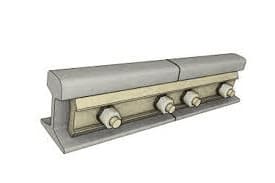
Fish plates are also used widely in trucks to join the truck frame to give additional strength (by reinforcing the frame structure) to the truck frame. But instead of bolting, fishplate is welded in a truck frame. Fishplate is also used to repairing of crack in the truck frame.
To do so, first the weld crack is repaired & then fish plate is welded on it to give it additional reinforcement to resist bending and shear loading.
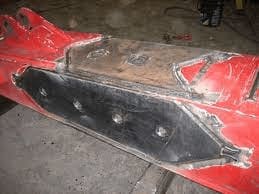
Fish plates are commonly employed to repair or reinforce frames. The inclusion of tapered ends in these plates serves to alleviate stress concentrations, thus mitigating the likelihood of the frame tearing at the plate’s ends. The bottom and top faces of the plate gradually taper inward so they form an even alignment between the rails when the fish plate is fastened to the track with bolts after installation.
fishplate welding
Fishplate welding is a process of reinforcing two metals (plates/ structure/ beams/ rails, etc.) together to create a strong, durable joint.
Fish plate welding is also used to give additional strength to crack repair is truck frames. This type of welding is often used to join railway tracks together, as it creates a very strong and reliable welding joint.
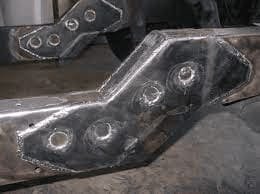
Fishplate welding is also commonly used to join truck frames together. By using this process, the manufacturer can create a very strong and durable joint that will withstand the stress of everyday use.
The fishplates can be welded either by using an arc welder (stick, TIG or MIG Welding) or a resistance welder.
fish plate weld
A fishplate weld is a weld joint used to join two metal plates together. The fishplate weld is a type of fillet weld and is commonly used to join two structural members or rails to give strength to an existing weld underneath.
The fishplate weld is created by welding two metal plates together at their edges. In order to create a strong, durable weld joint, the edges of the metal plates are beveled before welding, thus increasing the weld strength of the fish plate.
fish plate reinforcement
Fish plates or gusset plates are used to reinforce joints in steel construction. A fish plate is a metal bar that is inserted into two pieces of steel that have been drilled with matching holes. The fish plate is then welded to the steel, securing the joint. Fish plates are commonly used to join beams and girders, or to connect two pieces of steel plate.
Fish plates provide a strong, secure connection and help distribute stress evenly across the joint. They are often used as a substitute for welding, which can be difficult and time-consuming.
Fish plates are also less likely to cause distortion in the metal than welding if connecting via bolting. While fish plates are generally reliable and effective, they can be susceptible to corrosion if not properly maintained.
It is important to regularly check the welds and seals on fish plates to ensure they remain watertight and corrosion-free. Fishplate shall not be tack welded as it will provide water or moisture to start crevice corrosion.
fish plate frame repair
A fishplate frame repair is a technique used to repair a metal frame. This type of repair is often used on trucks, bicycles, cars, and other metal frames.
The repair involves welding a metal plate to the frame in order to reinforce it. This type of repair is often used when the frame has been bent or damaged.
Types of fish plate
Fishplates are a type of rail connection that is used to join two rails together. They come in different sizes and are classified by their weight. There are light, heavy, and super heavy fishplates. The most common type is the light fishplate. It is made of steel and is used to connect two rails together.
The heavy fishplate is made of cast iron and is used to connect two rails together that are heavier than normal. The super heavy fishplate is made of cast iron and is used to connect two rails together that are much heavier than normal.
There are many different types of fish plates, and each one has a unique connection and light/heavy rating. The super heavy fish plate is the most durable, and is perfect for connecting heavy beams. The light fish plate is ideal for connecting lightweight beams, while the medium fish plate sits in between the two.
When choosing a fish plate, it’s important to consider the weight of the objects being connected.
fish plate vs gusset
The fish plate, also known as a dowel plate or splice plate, is a metal plate that is bolted to the ends of two pieces of metal railway track or can also be used to give reinforcement in structural welds such as beam or C channel as well as frames.
It helps to keep the track or beam in alignment and prevents them from spreading apart. The gusset is a triangular metal plate that is welded to the junction of two metal beams or plates. It strengthens the joint and prevents it from spreading apart.
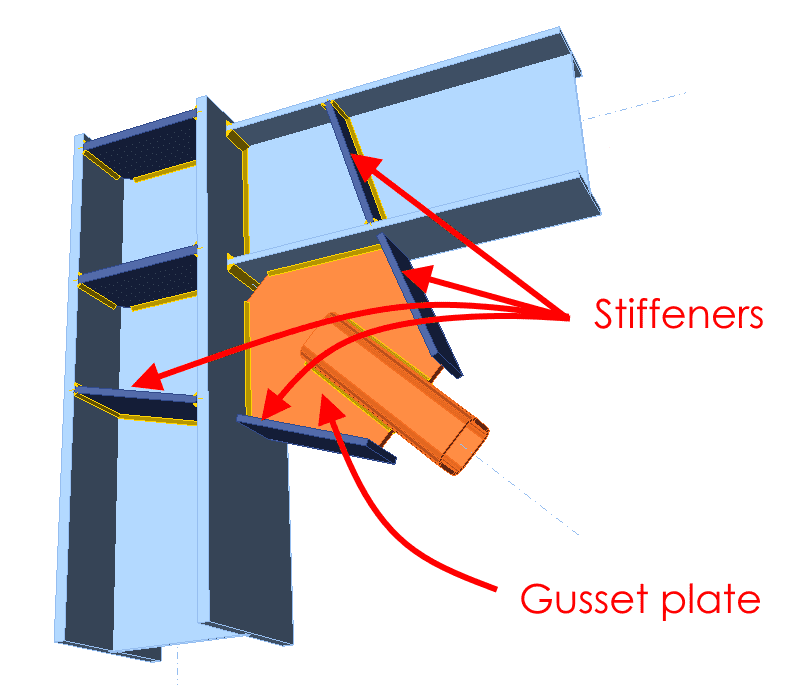
fish plate in railway
A fishplate, also known as a joint bar, is a metal plate used to connect two rails in order to create a track. The fishplate is bolted to the rails and helps keep them aligned. Fishplates are typically around six feet long and three-quarters of an inch thick. They are usually made of either steel or aluminum.
Fishplates are commonly used in railways, although they can also be found in other transportation systems such as tramways and trolleybuses.
In railways, fishplates are used to join two rails together so that they can form a continuous track. This helps keep the rails aligned and allows trains to travel safely along the tracks. Fishplates come in different sizes and shapes depending on the type of railway system they are being used in.
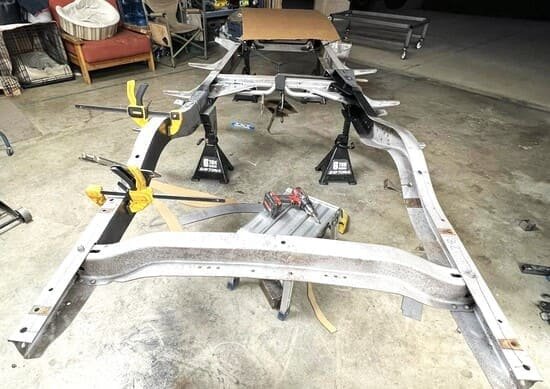
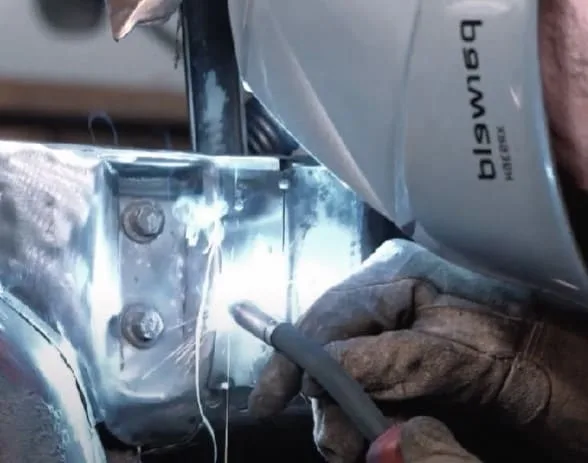
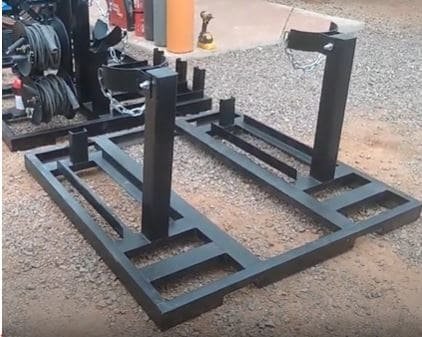
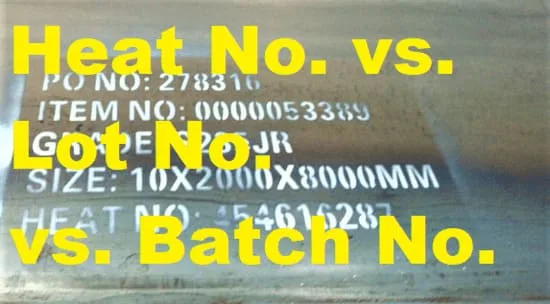
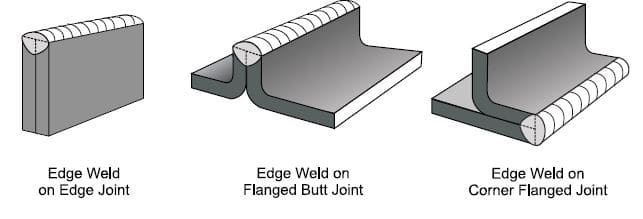
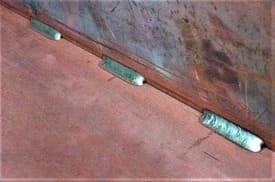
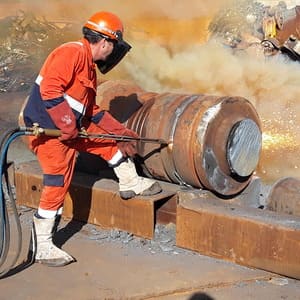
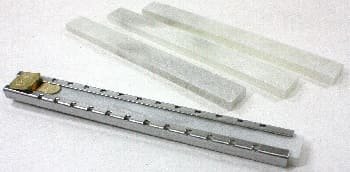
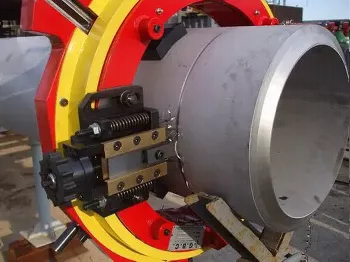

Hi thanks a lot for this article. I used this fish plate design to strengthen my truck.